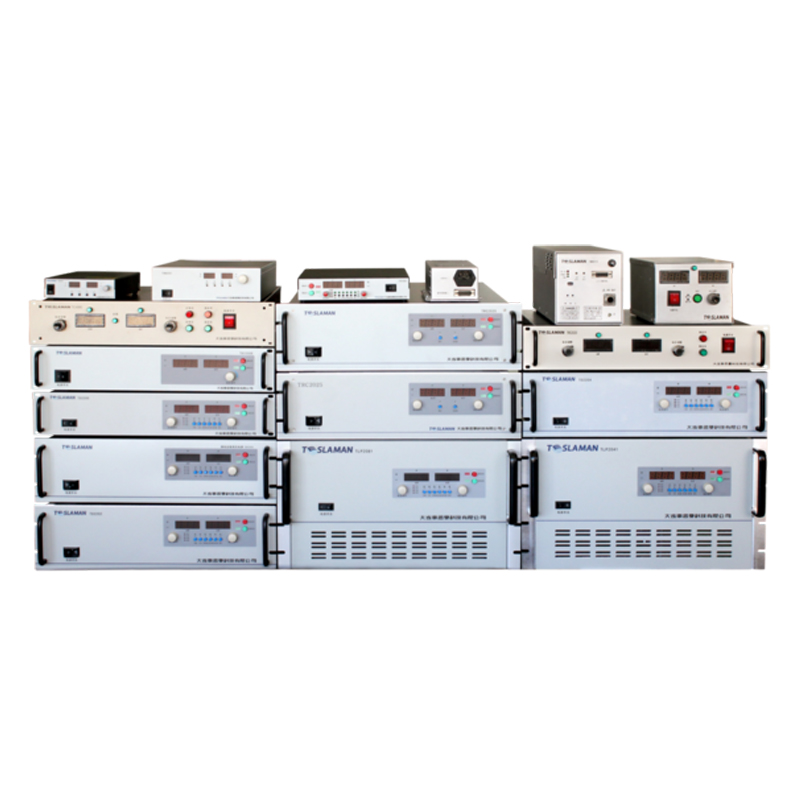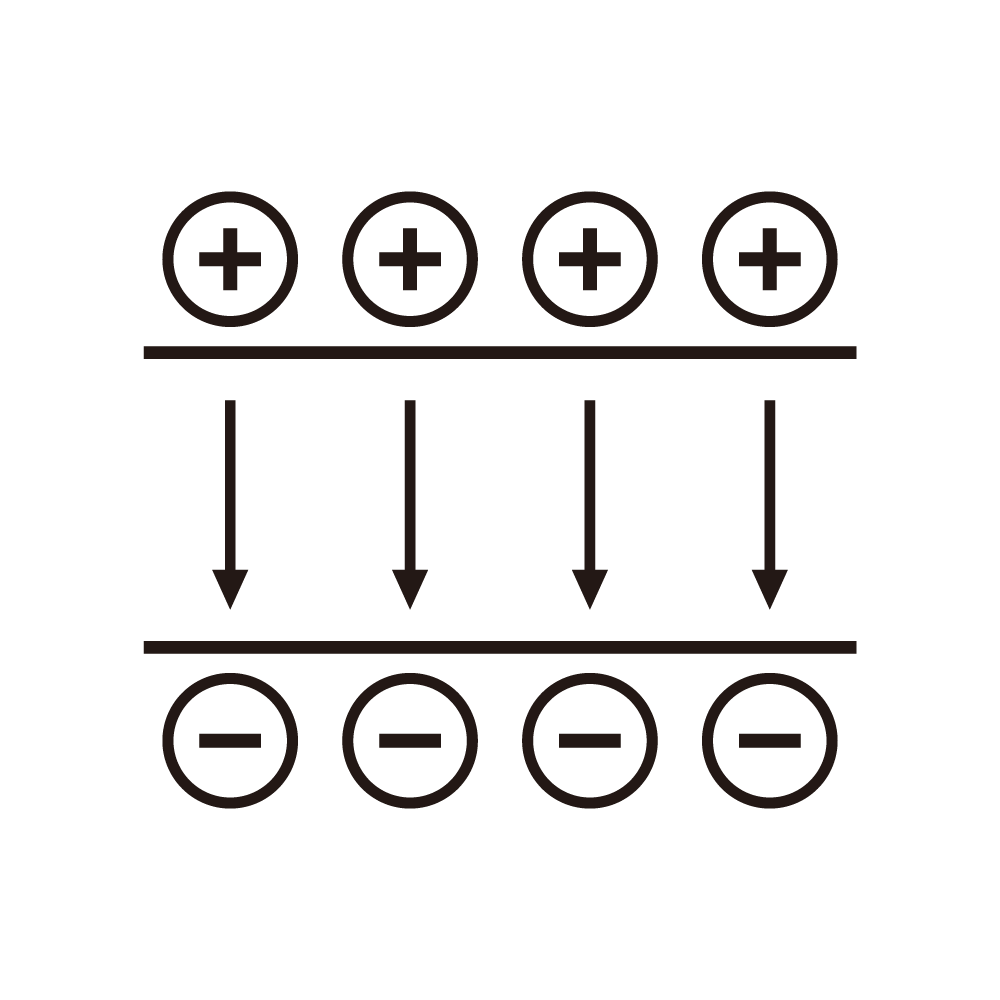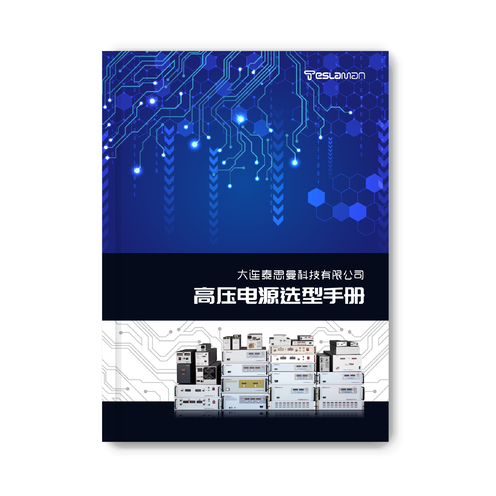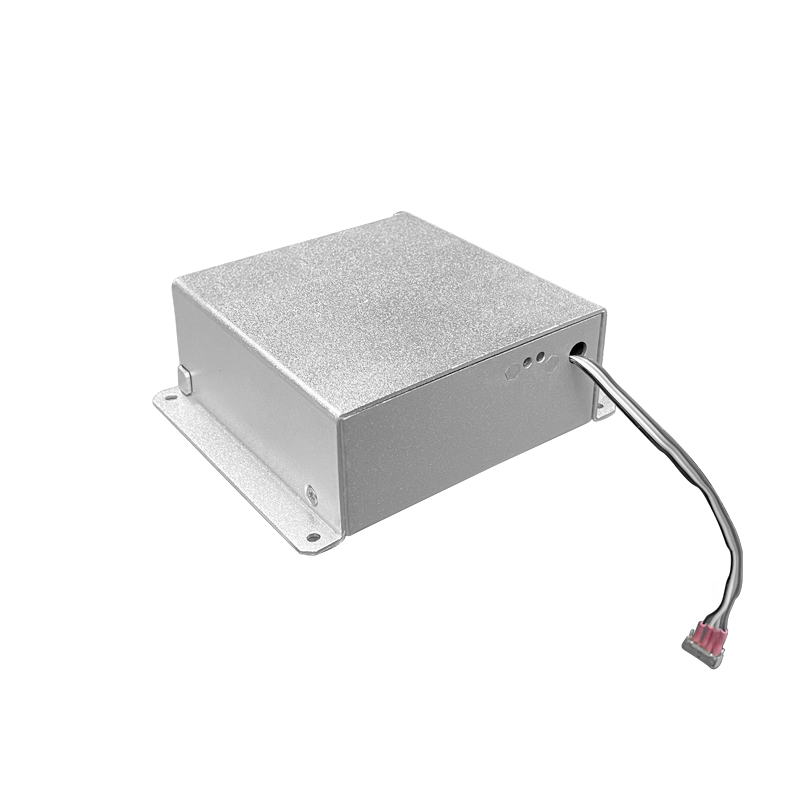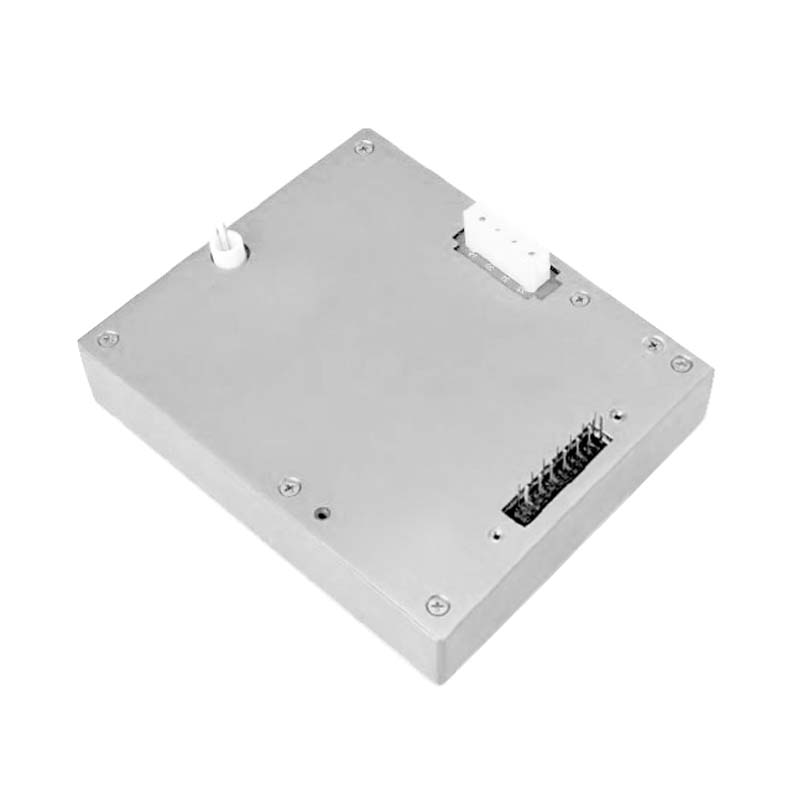Pulse Width Adjustment of 160kV High-Voltage Power Supply
In numerous scientific research and industrial application fields, such as particle accelerators, pulsed power lasers, and material surface treatment, the 160kV high voltage power supply plays a crucial role. Among them, the adjustment of pulse width is of great significance for optimizing system performance and meeting diverse technological requirements.
The high voltage pulses generated by the 160kV high voltage power supply, and the pulse width determines the time length during which energy is injected into the load. Different application scenarios have very different requirements for pulse width. For example, in a particle accelerator, in order to accurately control the particle acceleration process, an extremely short and stable pulse width is required to ensure that particles obtain accurate energy gain within a specific time and achieve high precision acceleration trajectory control. In the material surface treatment process, in order to achieve specific depth and property modification of the material surface, a relatively long and adjustable pulse width may be required, allowing energy to fully act on the material surface and trigger the desired physical or chemical changes.
There are various methods to achieve the pulse width adjustment of the 160kV high voltage power supply. The control technology based on power electronic devices is a common one. Among them, the Pulse Width Modulation (PWM) technology is widely used. By controlling the on off time ratio of power electronic switching devices, such as Insulated Gate Bipolar Transistors (IGBTs), the width of the output pulse can be accurately adjusted. When a narrower pulse width is required, the on time of the IGBT is shortened, so that the duration of the high voltage output by the high voltage power supply is correspondingly reduced; conversely, if a wider pulse width is to be obtained, the on time of the IGBT is extended. This method has the advantages of fast response speed and high adjustment accuracy, and can quickly adapt to the real time change requirements of pulse width in different application scenarios.
Another way to achieve pulse width adjustment is to use capacitor energy storage and discharge control. A specific capacity energy storage capacitor is set in the power supply system, and the pulse width is adjusted by controlling the charging and discharging process of the capacitor. When the capacitor is charged to the set voltage, it is connected to the load through a switching element for discharging, and the discharging time is the pulse width. By adjusting parameters such as the capacitance of the capacitor and the resistance of the discharge circuit, the pulse width can be flexibly changed. This method has unique advantages in some applications with high requirements for pulse stability and energy storage.
Precise pulse width adjustment has multiple effects on the performance of the 160kV high voltage power supply. On the one hand, it is directly related to the control of output energy. A narrower pulse width means releasing high energy in a short time, which is suitable for applications that require instant high energy impact; while a wider pulse width allows energy to be output evenly over a longer time, which is more suitable for processes with relatively gentle requirements for energy distribution. On the other hand, the adjustment of pulse width also affects the efficiency and stability of the power supply. An inappropriate pulse width may cause overheating of internal components of the power supply or fluctuations in voltage and current. By accurately adjusting the pulse width, the working state of the power supply can be optimized, and its reliability and service life can be improved.
In summary, the pulse width adjustment of the 160kV high voltage power supply is a complex and crucial technology. By reasonably selecting the adjustment method and accurately controlling the pulse width, the advantages of the high voltage power supply in different application scenarios can be fully exerted, providing strong support for technological development and process improvement in related fields.
